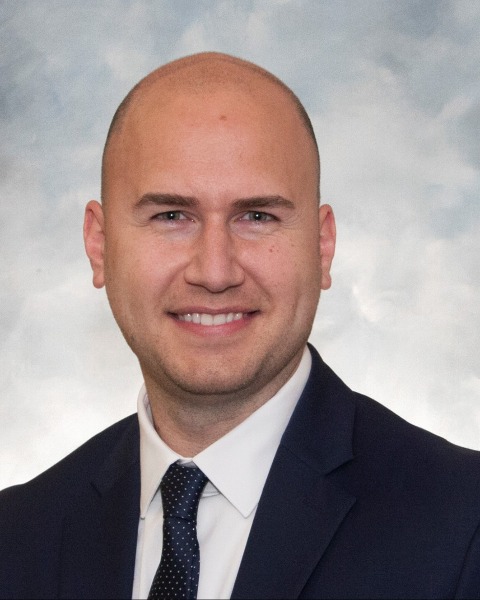SIR 2025
Venous Interventions
Traditional Poster
129 - Safety and Efficacy of a Funneled Sheath for Thromboembolic Protection During Deep Venous Thrombectomy

Antony Sare, MD
Resident Physician
Yale New Haven Hospital, United States
Angelo G. Marino, DO
Associate Professor
Yale School of Medicine, United States- JC
Joshua Cornman-Homonoff, MD (he/him/his)
Assistant Professor
Yale, United States
Poster Presenter(s)
Author/Co-author(s)
Materials and Methods:
IRB exemption was granted for this single center retrospective study. A total of 56 procedures in which the sheath was used were identified between January 1, 2022 and April 1, 2024. Chart review was undertaken to collect demographics, pertinent laboratory values, pre-operative imaging, procedural data, and complications.
Results: Technical success, defined as sheath introduction and funnel deployment in the target location, was 100%. The average distance from the inferior cavoatrial junction to the proximal extent of caval thrombus was 14.1 ± 5.3 cm, with the shortest recorded distance of 1.8 cm. One (1.9%) access site complication occurred, which did not require intervention. Three (5.3%) instances of intra-procedural pulmonary embolism were recorded, two of which occurred despite appropriate funnel deployment. Upon removal of the sheath, thrombus was noted to be trapped within the funnel in 13 (23.2%) cases.
Conclusion: Despite its large size, use of a funneled sheath for embolic protection is safe. However, though potentially effective, certain precautions must be taken to minimize the risk of emboli bypassing the funnel.


.jpg)